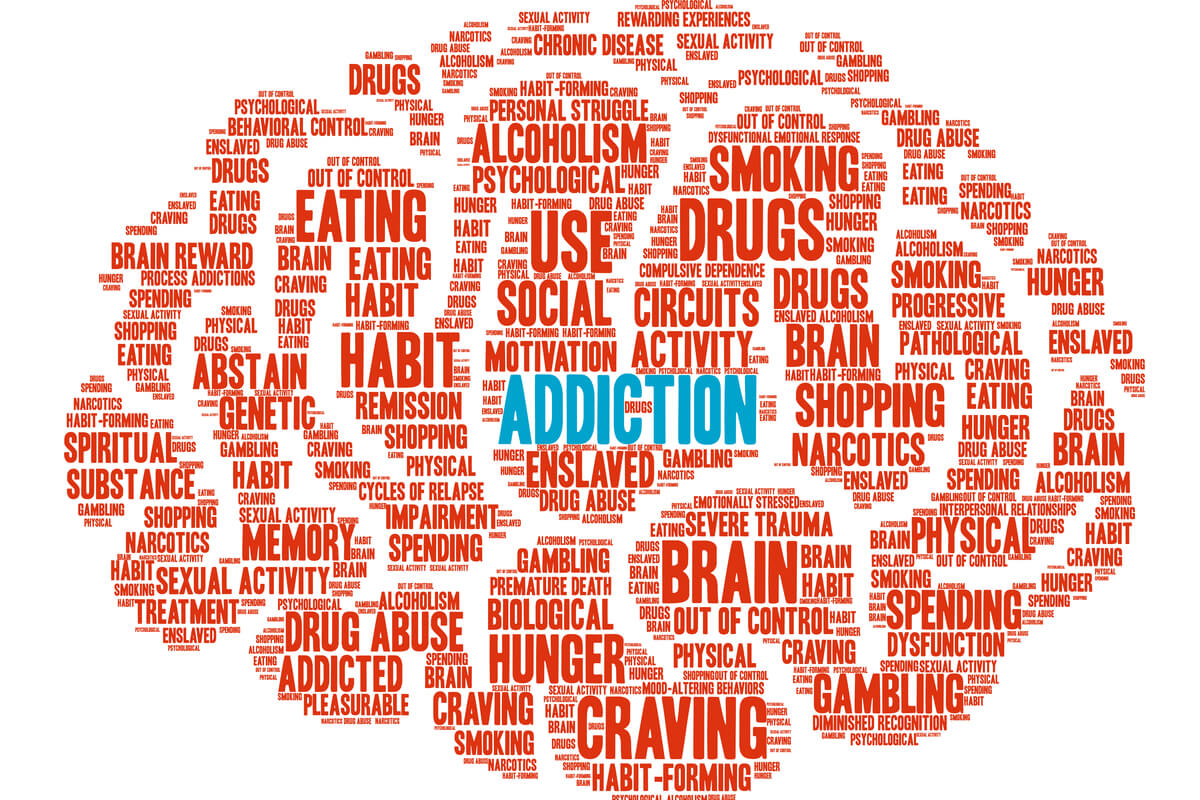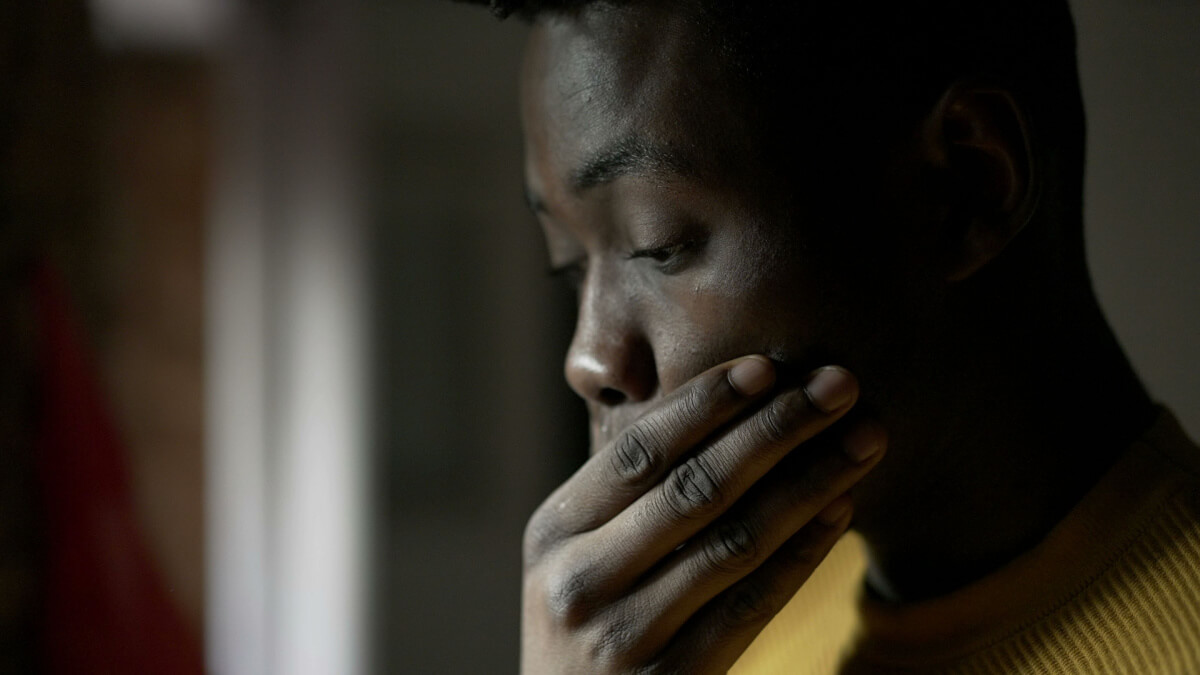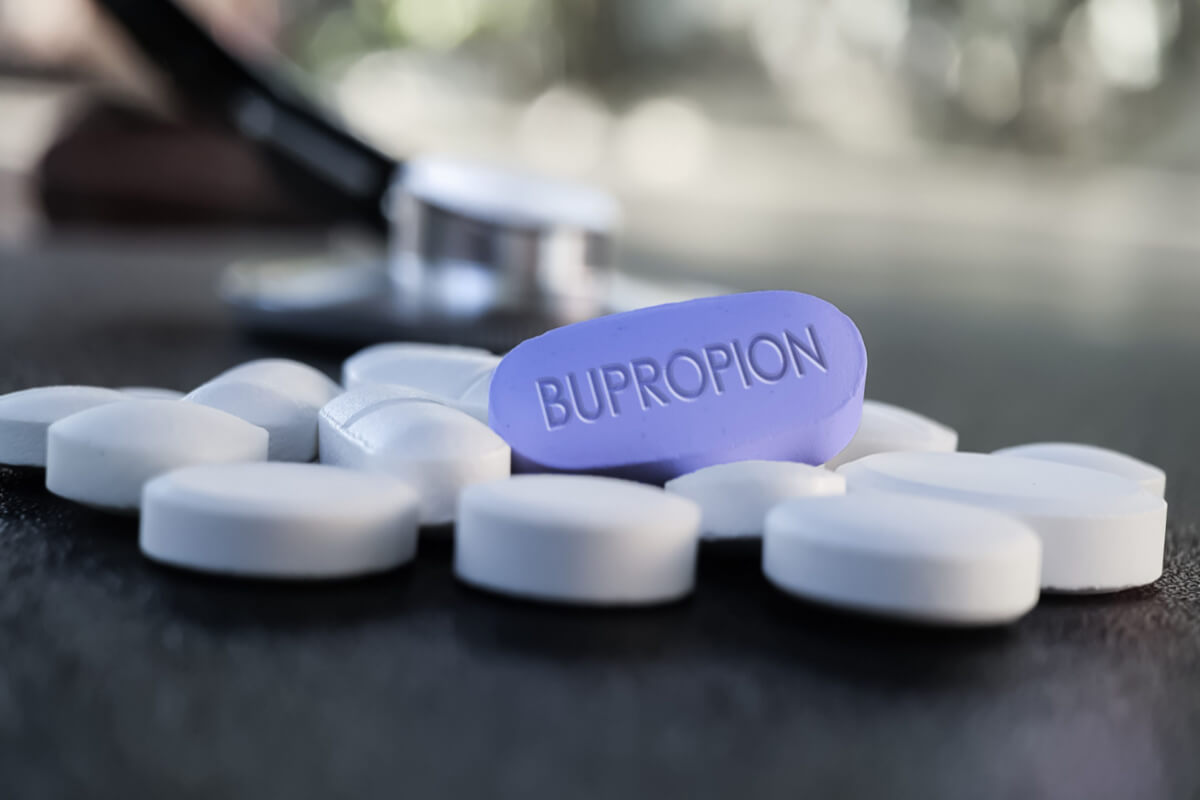
“Interventions” are often a last effort to try and get a loved one to enter a treatment program for substance use disorder (SUD). The idea of an “intervention” was popularized by the television shows of the same name from 2005. Some families have seen the show or are familiar with the idea of an intervention and wonder if it is the right strategy to use with their family member or loved one.
For an intervention to be successful, it needs to be well planned and structured with clear and concise goals and expectations. It can sometimes take more than one conversation for an intervention to work as intended.
In 2020, more than 40 million people in the United States over the age of 12 had aSUD.[1] The good news is that SUD is treatable. Often, the first step is a successful intervention for OUD.
What Is an Intervention?
An intervention is a formal conversation between loved ones and a person who has substance use disorder. The main goal of an intervention is to get the person to seek treatment and professional help.
Interventions are often surprises to the individual and set up by friends and family members ahead of time. They can be planned by the family alone, or can involve the help of a professional “interventionist” – someone who is trained to help plan and moderate the conversation.
The intervention should be a structured meeting planned in advance. It is used to have an emotional conversation with someone about how their SUD is impacting those around them and encourage them to seek positive change.
How Effective Are Interventions?
Interventions have been shown to be between effective at getting someone into a treatment program. [2]
Intervention success rates can be hard to measure and there is not great data about how successful they are. It is hard to know how many individuals will go immediately to treatment after an intervention, vs waiting a few weeks vs not ever going at all. An intervention that uses a trained professional to guide the conversation will usually have a better chance of success, as will an intervention that is well structured and planned.
Types of Interventions
There are several different models of interventions, which can include the following:
Johnson Model
This method involves three sessions. The first two are with the intervention team, which will include family members, friends, and others who are acutely involved in the subject’s life. These first two sessions in the Johnson Model work to teach the team about enabling behaviors, the goal of the intervention, problem-solving strategies, and how to plan and carry out the intervention itself.[3] The final meeting is the intervention involving the individual and the intervention team.
Love First
This model also uses three sessions, two of which do not include the subject but only the intervention team, and the final session is the actual intervention. Love First focuses on leading with love to accomplish positive change.[4] Loved ones will write letters during the first session that will be read to the individual during the eventual meeting. The second session is a rehearsal for the intervention, and the third session is a formal meeting to ask the individual to seek treatment.
ARISE Intervention Model
With this model, the individual is involved from the beginning in a number of different “levels”. The first level of an ARISE intervention is the “First Call,” which mobilizes the support team and invites the individual to participate in the first meeting.[5] The second level, “Strength in Numbers,” can involve two to five intervention meetings. The third “level” is a meeting in which the individual hopefully accepts formal treatment.
Family Systemic Intervention
This intervention model also involves the individual from the beginning with no “loved one only” meetings. The intervention meetings are conversational and include open dialogue discussing how addiction has impacted everyone. This process could last months with multiple meetings. At the end of a Family Systemic Intervention, the entire family will agree to enter some form of treatment along with the individual.[6]
Risks of Interventions
While formal intervention may work well for some families, it may not work for everyone. There is always the risk that the individual will be defensive or feel attacked, which can further isolate them from seeking formal treatment. Interventions can be emotional and impact the relationships between the person struggling with SUD and the family members or friends involved. It can lead to strained relationships or prompt participants to set boundaries, which can be tough to stick with. These are all things to consider when planning an intervention.

Tips for Successful Interventions
- Choose a time when the person is not high or coming down from a high.
- Involve people who love this person and are committed to them getting help.
- Plan the meeting in advance and problem-solve potential pitfalls.
- Use a trained professional for guidance if affordable and available.
- Stay calm and assertive.
- Write letters or notes ahead of time to gather your thoughts and help you stay on track.
- Research enabling behaviors ahead of time, and express your intent to stop doing them.
- Be compassionate and understanding.
- Offer treatment options that have been researched already.
- Set clear expectations and consequences if the individual chooses not to get help and stick to them.
Be prepared for more than one conversation. Interventions may need to be repeated before the individual agrees to treatment. Be patient: while an intervention can be a tough conversation to have, the end result is hopefully worth the effort.

Medically Reviewed By Elena Hill, MD, MPH
Elena Hill, MD; MPH received her MD and Masters of Public Health degrees at Tufts Medical School and completed her family medicine residency at Boston Medical Center. She is currently an attending physician at Bronxcare Health Systems in the Bronx, NY where ... Read More
- Key Substance Use and Mental Health Indicators in the United States: Results from the 2020 National Survey on Drug Use and Health. Substance Abuse and Mental Health Services Administration. https://www.samhsa.gov/data/report/2020-nsduh-annual-national-report. October 2021. Accessed March 2023.
- Intervention – What is the Success Rate? Association of Intervention Specialists. https://www.associationofinterventionspecialists.org/intervention-what-is-the-success-rate/. April 2017. Accessed March 2023.
- Johnson Intervention. American Psychological Association. https://www.apa.org/pi/about/publications/caregivers/practice-settings/intervention/johnson-intervention. 2011. Accessed March 2023.
- Love First Intervention. Love First, Inc. https://lovefirst.net/clinical-intervention/. 2022. Accessed March 2023.
- An Overview of ARISE Comprehensive Care with Intervention. Arise Network. https://www.arise-network.com/arise-intervention/. 2020. Accessed March 2023.
- What Is the Family Systemic Model? Association of Intervention Specialists. https://www.associationofinterventionspecialists.org/what-is-the-family-systemic-model-of-intervention/. May 2017. Accessed March 2023.
Download Our Free Program Guide
Learn about our program, its effectiveness and what to expect
Related articles
Imagine what’s possible on the other side of opioid use disorder.
Our science-backed approach boasts 95% of patients reporting no withdrawal symptoms at 7 days. We can help you achieve easier days and a happier future.








